Public art and walkable, bike-friendly streets make cities better. This film fest focuses on these efforts
Published in Entertainment News
CHICAGO — It’s one thing to marvel at a work of public art. It’s another when that art invites passersby to actively engage with it. In Miami’s Little Haiti neighborhood, there’s an interactive musical sculpture/seating area that is meant to “spark spontaneous community activity and social interaction along the sidewalk,” and it is the subject of the short film “Entangled,” which is just one of the documentaries that will be screened as part of the Better Cities Film Festival Oct. 9-11 at Block 37’s AMC location.
The fest is organized by the Chicago Loop Alliance, which sees the event as a “way to provide opportunities for people who really care about cities to come together and talk about what makes a great city,” says Michael Edwards, CLA’s president and CEO. The qualities that make a city appealing aren’t just logistical or infrastructure-based, but also aesthetic. In other words, there need to be compelling reasons — beyond work or business — to spend time in a city center, and the featured films focus on ideas around how to foster that.
As someone says in “Entangled,” the best public art gives people a sense that “this is a part of this space — this is a part of this community — and it doesn’t belong anywhere else but here.”
The films are earnest and informational and tend to have an optimistic energy. That’s never a bad thing. But it also means they can lack a certain depth or complexity. That’s worth knowing going in. “Entangled,” for example (which screens Oct. 9), captures brief but tantalizing footage of people engaging with the artwork, but doesn’t tell us anything about the artist behind it or how their ideas developed.
The films come courtesy of the umbrella organization that puts on the Better Cities Film Festival; a flagship fest takes place annually in Detroit, with satellite events in host cities throughout the year, including this one in Chicago.
“They have all these films that they’ve collected over the years and we told them what we were interested in,” Edwards says. “We want to celebrate urban art because we would like to have an identifiable arts district in the Loop, so that’s one category of films we’re showing. Another is related to alternative forms of transportation, such as bike lanes, so we have some films about that. And then the last one is about sustainability and climate change. These are huge issues that we’d like to address in some small way.
“Cities need to surprise and delight people,” he says. “When you go to Europe, you’re always surprised. Maybe it’s just the architecture; it’s so different, historic, beautiful. In America, we generate cities pretty quickly, so we maybe need to plan a little bit more for surprise and delight.”
This topic is explored in “Walkable USA” (Oct. 10), from Chicago filmmaker Tom Desch. The film profiles the work and ideas of city planner Jeff Speck, who has lent his expertise to places such as Oklahoma City and Cedar Rapids, Iowa. In the film, his latest project is helping Hammond, Indiana.
“The central challenge that we’re facing here is most people see it as a place to drive through and not arrive at (and) that’s the case of so many American Main Streets,” Speck says in the film. It’s easy to get caught up in his enthusiasm. “This is the work I want to be doing, because this is where design meets society. It’s where design impacts quality of life. I can’t imagine a more potentially rewarding project to be working on.” Then he jokes: “When we’re done, it’ll be sunny every day.”
An industrial Rust Belt town, Speck describes Hammond as “on life support” and “unique to the degree that it went from so tremendously lively to so entirely dead.”
He provides a history lesson that traces some important shifts. “You have to realize,” he says, “we used to build wonderful communities in the U.S. until well into the ‘20s.” Then there was a lull in building between the Great Depression and World War II, and when developers came back in earnest, the focus was primarily on single-use projects, “either a housing subdivision or an office park or a shopping center, which could not create community because it was just one thing — one aspect of daily life isolated from every other aspect.”
One location that has done the opposite is the planned community of Seaside, Florida, which was intentionally designed to be walkable — the antithesis of sprawl — and it is featured in another film screening at the fest called “Seaside: City of Ideas” (Oct. 9).
Andrés Duany, who helped design the community, gives a walking tour. Homes with lawns are not allowed because of the maintenance and water required; the vegetation is “whatever grows,” he says. Everything looks very manicured, nevertheless. A bit bland, too; Seaside is where 1998’s “The Truman Show” was filmed. There are live/work units, which revive the old idea of living above the family store. There are no codes that dictate architectural style. The community also has temporary buildings for “incubator” retail opportunities; business owners occupy these structures for lower rent (and fewer amenities) to see if they can make a go of it, before moving into more substantial permanent spaces. And, Duany adds, “When you make really narrow roads, the pedestrian becomes dominant.”
Walkability is also on the mind of the CLA’s Edwards. “One of the great things about the Loop is it gets a 100 on the walk score,” he says. “If you go online and you type in ‘walk scores’ and put in where you live, it’ll tell you how walkable your neighborhood is. In places like the suburbs, the walk score is 50, and that’s out of 100. So we get a perfect walk score in the Loop.”
But how walkable is it at night, when there might as well be tumbleweeds on State and Randolph streets after a show at the Chicago Theatre lets out, for example?
“We totally agree with you,” Edwards says, “and I’m sure we’ll discuss that after watching this film. You need to create spaces between destinations so it becomes a more enjoyable walk. One of our strategic priorities — and this has nothing to do with the Better Cities Film Festival — is to ‘finish’ the urban experience. So when you walk out of the theater, if you and your partner want to get a cherry pie and a coffee afterwards, you ought to be able to do that.”
In “Walkable USA,” Speck breaks down the necessary factors for that to happen: The walk needs to be useful, safe, comfortable and interesting. “And you can’t just do three of them,” Speck says.
Another film on the schedule is “From Rails to Trails,” (Oct. 10), directed by Chicagoan Dan Protess (it also airs Oct. 20 on WTTW), which looks at efforts to transform abandoned railways into public trails, including the 61-mile Illinois Prairie Path, which spans Cook, DuPage and Kane counties. Founded in 1963, it was North America’s first successful rails-to-trails conversion. (The documentary is narrated by Edward Norton.)
The CLA’s Edwards acknowledges that Better Cities is a film fest for audiences with niche interests, but “we think this is an opportunity for people to come with an open mind to learn about what other cities are doing. It’ll be two things: One, it will give us new ideas, and two, it will confirm that Chicago is on the right track.”
———
The Better Cities Film Festival runs Oct. 9-11 at Block 37’s AMC location, 108 N. State St.; tickets $15 at loopchicago.com/events/better-cities-film-festival.
———
©2025 Chicago Tribune. Visit chicagotribune.com. Distributed by Tribune Content Agency, LLC.
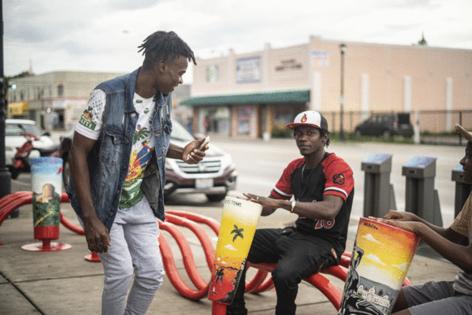
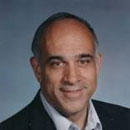
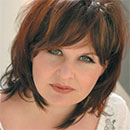
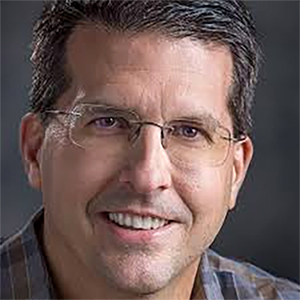
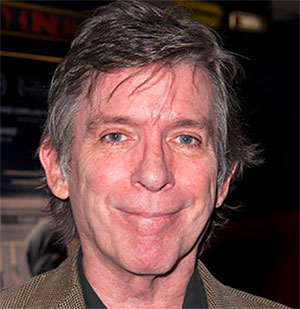






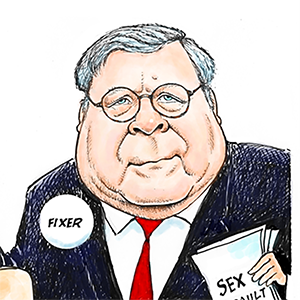

Comments